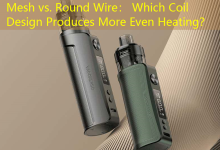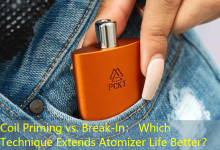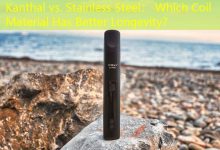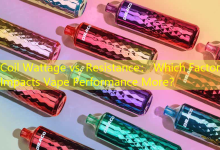1
The discussion of coil orientation in vaping has become increasingly relevant as more advanced designs and technologies evolve in the electronic cigarette industry. Among the most debated aspects are the vertical and horizontal coil orientations, which can significantly impact wick performance and wicking efficiency. Understanding the differences in how these coil positions function can help vapers optimize their experience, reduce dry hits, and improve flavor delivery.
2
Vertical Coil Orientation
generally focuses on coils that are aligned in an upright position. This configuration allows the e-liquid to flow directly down toward the heating element, maximizing the contact area between the wick and the coil. It is particularly popular in certain tank designs where the airflow is engineered to circulate through a vertical structure. Users often find that vertical coils provide a slightly warmer vapor and can produce more intense flavor because the wicking process tends to be more efficient as the wick fully saturates.
3
U kontrastu,
Horizontal Coil Orientation
features coils positioned flat or parallel to the base. This setup can be advantageous when it comes to direct airflow. Međutim, depending on the design, the wicking efficiency can vary. Horizontal coils may require a slightly different approach regarding e-liquid saturation and could lead to instances of flooding if the tank is filled excessively. This orientation typically allows for improved airflow, which can lead to larger vapor production, but it often sacrifices some of the intense flavor that vertical coils can deliver.
4
Understanding how these orientations influence
Wicking Efficiency
is critical for users looking to enhance their vaping experience. Generally speaking, vertical orientations support a better wicking process due to the gravitational pull that assists liquid flow to the coil. This can often lead to fewer dry hits, making vaping more pleasurable for users who favor high wattage and constant draws. Horizontal designs, while providing unique airflow benefits, require careful management of wick saturation to avoid performance issues.
5
Another factor contributing to wicking efficiency is the type of
Wick Material
used in conjunction with either coil orientation. Materials such as cotton, rayon, or more advanced synthetic fibers can alter the wicking characteristics. Na primjer, cotton is widely used for its absorbency and flavor retention, but switching to rayon may yield better wicking capabilities, particularly in a vertical setup. Tako, choosing the right wick material complements the coil orientation and enhances overall performance.
6
Nadalje, the design of the
Tank
can dramatically influence the effectiveness of coil positioning. Tanks engineered with specific airflow channels and wick ports may excel in either vertical or horizontal configurations, but they are optimized for one over the other. Na primjer, certain sub-ohm tanks are designed to capitalize on vertical coils to maximize vapor and flavor output, while others may harness the efficiency of horizontal coils to achieve smooth, plentiful draws.
7
As vapers experiment with various configurations, they often wonder how they can determine which coil position suits their preferences best. The
Trial and Error Method
frequently comes into play. By trying both orientations with different wick materials and tanks, users can ascertain the setup that offers them the ideal balance of vapor, ukus, i jednostavnost upotrebe. This method not only enhances their understanding of wicking efficiency but also personalizes the vaping experience.
8
What is the primary difference between vertical and horizontal coil orientations in terms of wicking efficiency? The primary difference lies in the direction that gravity influences e-liquid flow. Vertical coils typically facilitate better wicking due to gravity pulling the e-liquid down toward the heating element, leading to a more efficient saturation of the wick and minimizing the risk of dry hits. Horizontal coils, while promoting improved airflow, can sometimes struggle with consistent e-liquid saturation without careful management.
9
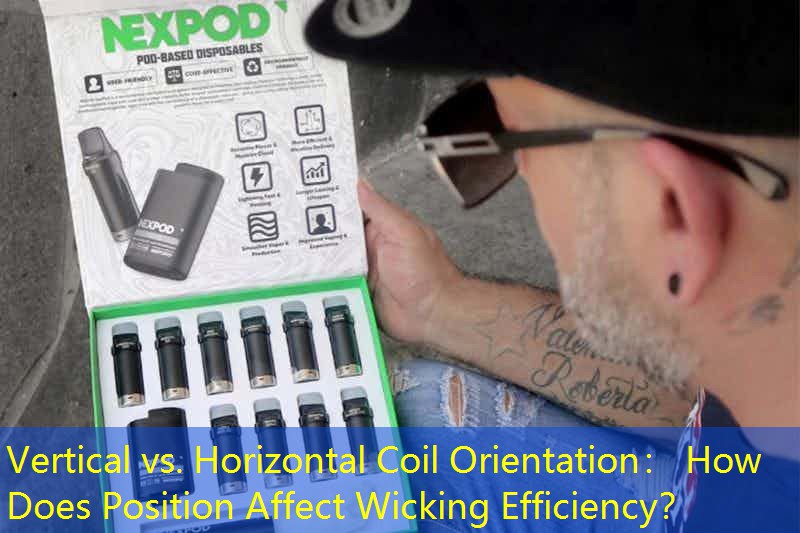
How do different wick materials impact the overall performance of vertical and horizontal coil orientations? Different wick materials significantly affect wicking efficiency and flavor retention. Na primjer, cotton is highly absorbent and commonly used, but other materials like rayon can provide better wicking, especially in a vertical orientation. Each material’s properties, such as absorbency and heat resistance, can dramatically alter the vapor and flavor experience, making it essential to select the right combination for the desired coil orientation.
10
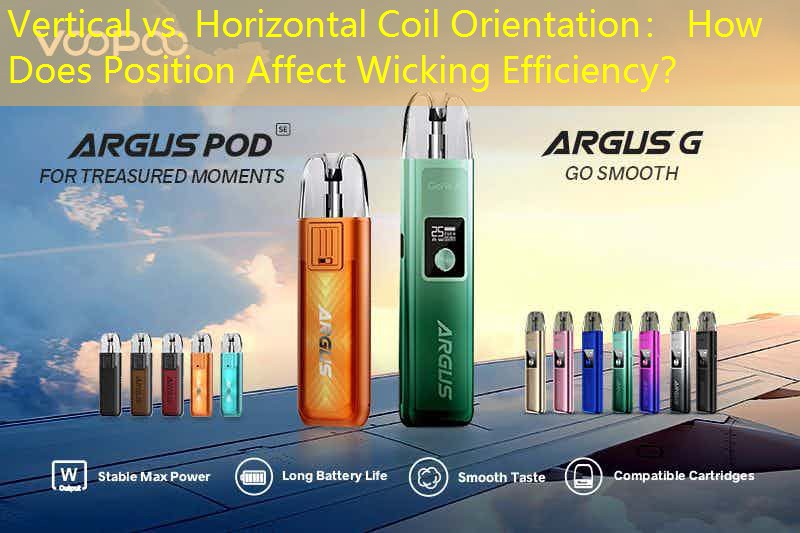
Can the tank design influence which coil orientation is more efficient? Da, tank design plays a crucial role in the efficacy of coil orientations. Tanks that are specifically engineered with airflow and wick port placements for vertical coils often outperform those that are not. Obrnuto, tanks optimized for horizontal coils maximize vapor production but may face challenges in wicking efficiency. Stoga, selecting a tank compatible with the preferred coil orientation can significantly enhance the overall vaping experience.

